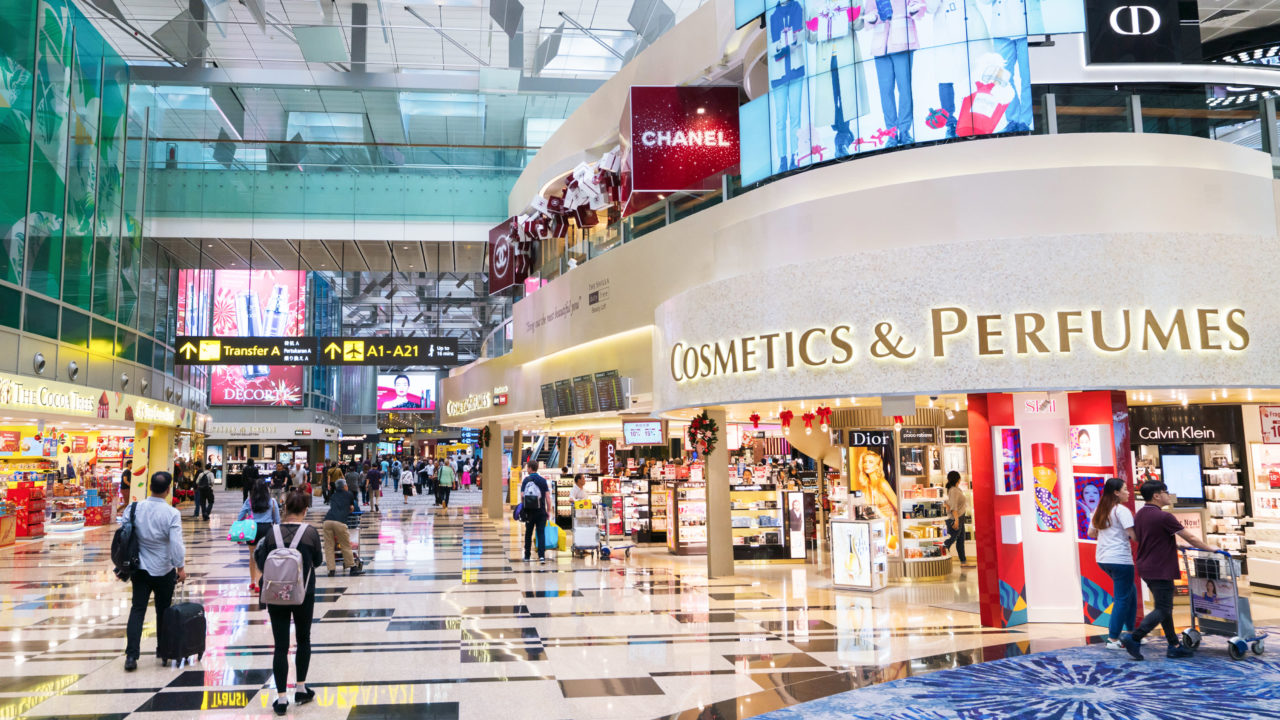

Over the past few years, the growth of mobile technologies and a shift to remote work caused a significant increase in the global adoption rate of e-commerce strategies. Retail businesses found themselves having to adapt to these transformative changes or face the prospect of being left behind.
Transformation is never easy, and the shift to customer-oriented, mobile service is a costly investment that can only be made after careful deliberation. Choosing e-commerce can be a risky move at the best of times, but the potential for profitability is well-documented at this point.
Whether it’s social media campaigns, fashion Influencers, digital storefronts, or mobile app development, e-commerce strategies can be used simultaneously. These strategies define the current era, but what does this mean for the future of retail?
Will brick-and-mortar establishments continue to decline in popularity? Or is there a chance that we’ll reach an inflection point and find a better balance between e-commerce and on-premise shopping? Let’s take a look at three factors that can inform our understanding of this unprecedented situation.
Unfortunately, there’s no way of knowing when dramatic changes in consumer behavior will occur. The amount of people who prefer online shopping has risen faster than anyone could expect, and the survival of the retail industry has largely depended on its ability to respond to these changes timeously.
Reaction speed has become paramount to commercial success in an age defined by fast service and modern conveniences. Online shops are open around the clock, facilitating the sale and delivery of an astonishing amount of goods every second of every day.
In 2021, e-commerce profits in the US amounted to over $850 billion. Compared to 2019, that’s over 50% growth in less than two years. Clearly, consumers are drawn to the convenience and simplicity of online retail, and the simple truth is that traditional retail is incapable of meeting this demand.
To make the most of this thriving market, forward-thinking retailers have found that a combination of on-premise and e-commerce is the most effective strategy. Each strategy is able to function independently, which gives consumers the ability to follow their preferences freely.
It’s hard to overstate how important convenience is. Everyone wants fast service and premium quality, and no one wants to have to leave home to experience that quintessential shopping experience.
Desiring that level of convenience doesn’t mean we shouldn’t have physical storefronts. In fact, it means quite the opposite. Both forms of retail have to work in unison, and the extent to which each is applied should be based on the target market’s needs and preferences.
By prioritizing consumer-centric strategies, retail companies can ensure that they provide the best in service delivery. Failing to implement these services in time will likely result in a loss of market share, and there are many well-established companies that had to learn that lesson the hard way.
Contrary to popular belief, e-commerce strategies aren’t meant to replace the traditions of brick-and-mortar shopping. They add to established infrastructure, essentially creating a network of access points for consumers to get what they want when they want it.
Much like courier and delivery services, the technology behind e-commerce merely allowed us to fill a gap in the retail market. Consumers will always want on-premise shopping, as the experience of physically going out to buy a product is a need that commerce isn’t able to meet.
Looking at the evidence is a key factor for success. This is another way in which technology can give retailers the upper hand. Mobile and analytics technologies have advanced in leaps and bounds, and scalable cloud platforms open up a world of possibilities for dynamic market influencers.
At this point, you may have noticed that a combined strategy will likely be the best solution for most businesses. After all, time and time again, analyzing consumer behavior shows that profitability is the result of being able to provide the type of experience your target market seeks.
From rewards-based behavior to online browsing habits, we have access to the kind of data marketers could only dream of back in the day. Retailers should use this knowledge to their full advantage, reacting to consumer attitudes instead of trying to manipulate them.
For the retail industry to attain the best possible outcome, a combination of technology and tradition must be implemented as early as possible. The signs of this inevitability are all around us, and no matter which way you look at it, all clues point to e-commerce being a fundamental influence on the retail industry for a long time to come.